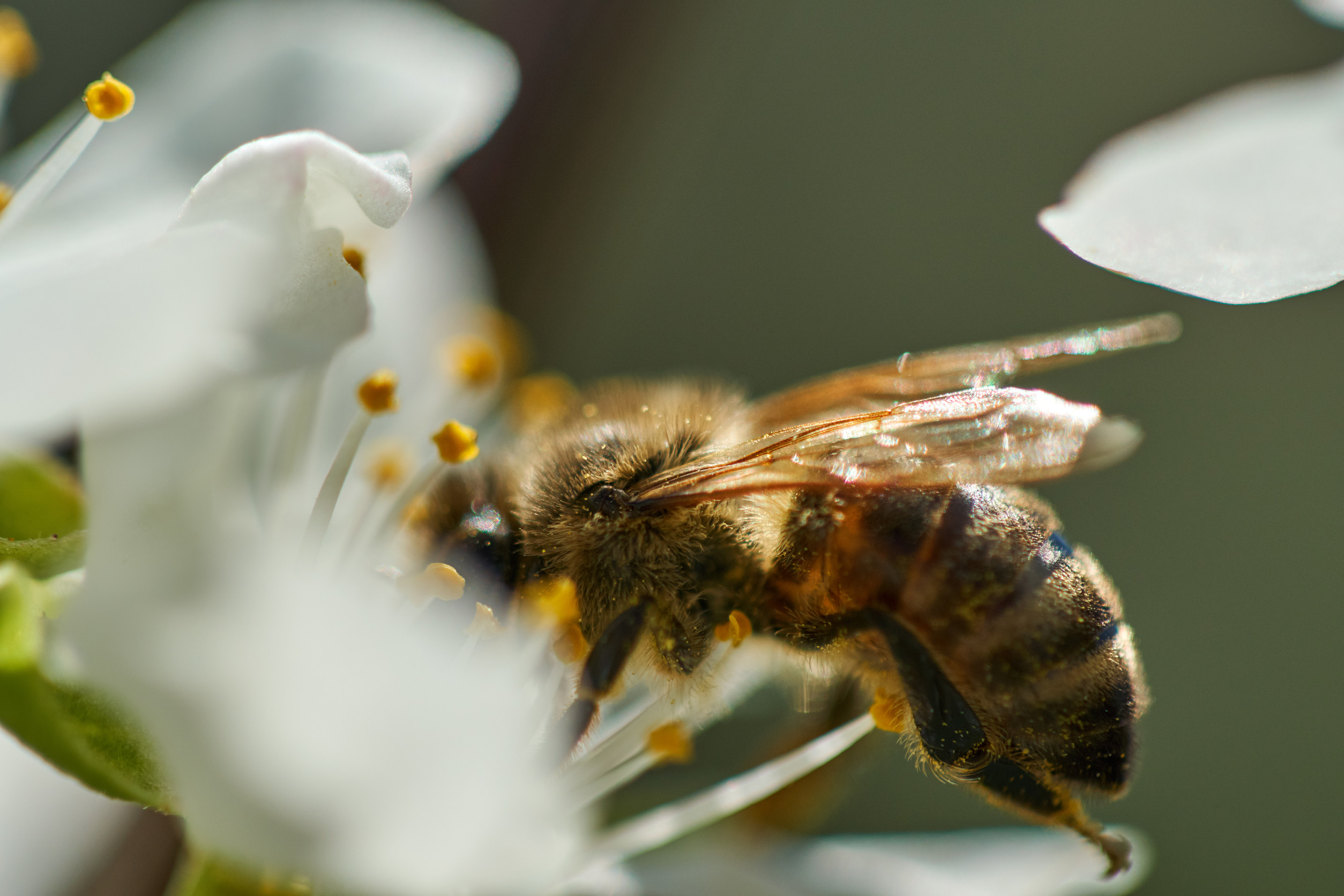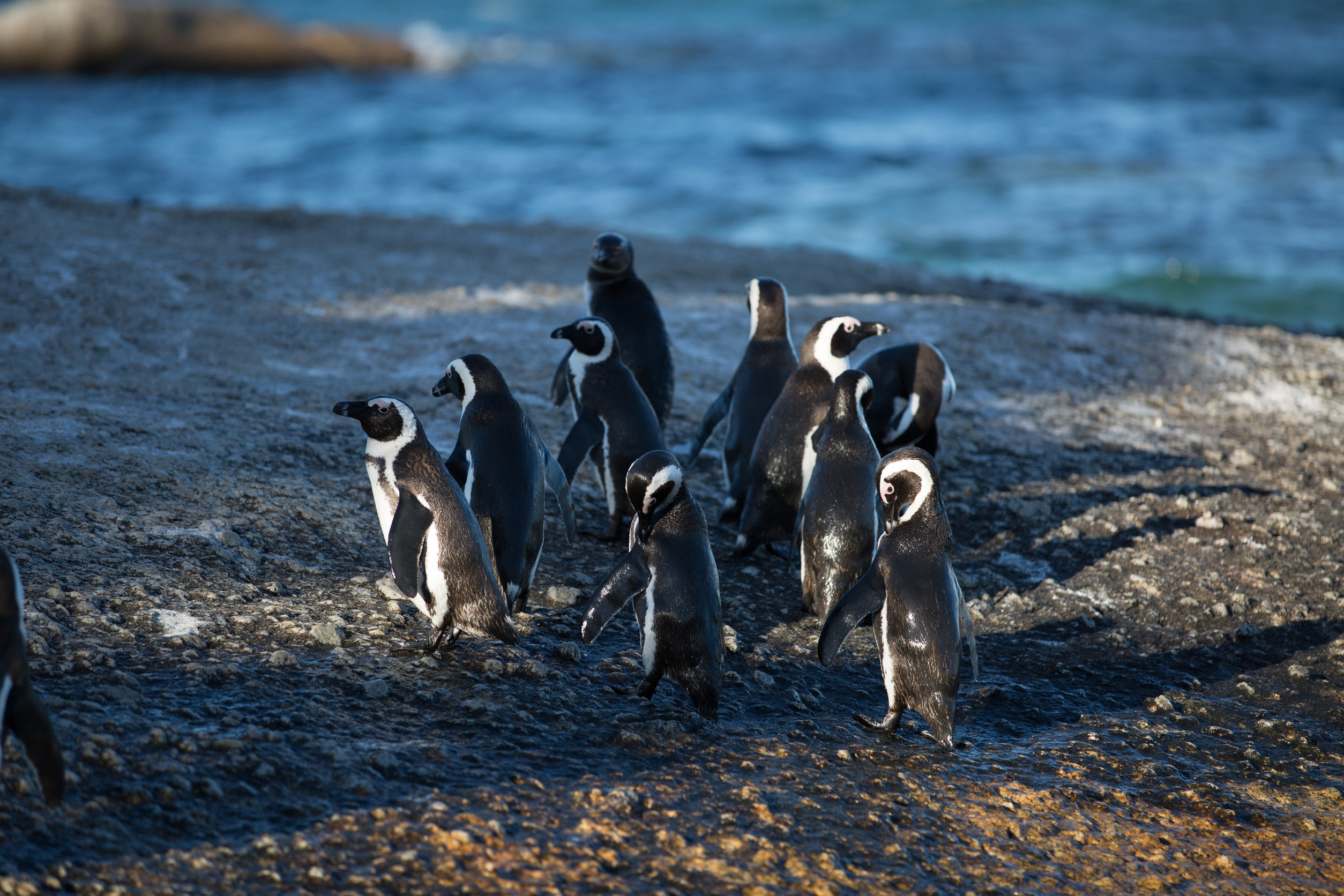Coral reefs are some of the planet’s most biodiverse ecosystems, providing not only a key habitat for many species of marine life but also a crucial source of income for many coastal communities worldwide. These lush and vibrant ecosystems, however, are also greatly threatened by a number of human factors as well as the changing climate.
However, an ambitious project in the South Pacific is on a mission to restore these vital habitats.
“The most advanced coral restoration program on the planet”
Called Coral Gardeners, the initiative is the brainchild of 23-year-old Titouan Bernicot who lives on the island of Mo’orea, in French Polynesia. Coral reefs are a vital part of island life in Mo’orea, which is why Bernicot together with a few friends started Coral Gardeners back in 2017.
That small group of island kids has grown into an international collective of scientists, activists, and creatives. Their current aim is to replant 1 million corals around the world by 2025, an ambitious goal that they hope to achieve with the help of a new artificial intelligence system. “Our goals for the next couple of years are to become the largest and most advanced coral restoration program on the planet,” says Bernicot.
What does coral reef restoration involve?
The team is restoring coral reefs that have suffered from natural and, more importantly, human disturbances. Particularly, the team is focusing its efforts on super corals in a bid to create more resilient reefs. Super corals are species with the ability to rapidly adapt to changing environmental conditions such as global warming.
As part of the restoration process, the team first identifies groups of super corals in the lagoon, cuts a small portion of them, and moves them to the nursery site where they’re hung on ropes. These coral gardens are monitored for at least a year. When they are mature enough, the grown pieces are then replanted onto degraded areas of the reef. As they continue to grow and spawn, the corals contribute to the revival and resilience of the reef.
Using AI to bring coral reefs back to life
People from around the world can observe the activity through a live stream called ReefOS. It is an artificial intelligence system that essentially documents all stages of the growing process. As part of the system, there’s a 360-degree camera that identifies and labels fish species as they return to the reef.
The technology involved doesn’t stop there. The team also recently partnered with Cornell University to create a bioacoustic AI model that analyzes how underwater sound affects the ecosystem. Additionally, the collective partnered up with the University of Hawaii to integrate state-of-the-art 3D mapping and photogrammetry techniques into the monitoring process. Photogrammetry is the science that uses photographs to obtain valuable information about a certain process.
All of these advanced technologies are there to enable the team to better understand the state of the whole ecosystem before and after their restoration efforts. This allows them to better track things like the biodiversity of the ecosystem, the fish population, as well as to detect coral disease and bleaching.
The ReefOS is currently installed at only one of the three active coral nurseries in the region, all of which have around 9,000 growing corals. The plan is to deploy the system at every site of coral reef restoration around the world.
“We want to become the most advanced reef restoration around the world in terms of technology… and also be able to share everything that we learned and the data we collected in an open-source and collaborative way,” says Karine Toumazeau, strategist for Coral Gardeners.
Supporting both marine life and local communities
In addition to safeguarding the wellbeing of marine life, Bernicot also hopes to provide opportunities for local islanders through the restoration process. “I don’t want ocean conservation to be a part-time job,” Bernicot said. “I want people that love the ocean to be able to make a career saving their playgrounds.”











